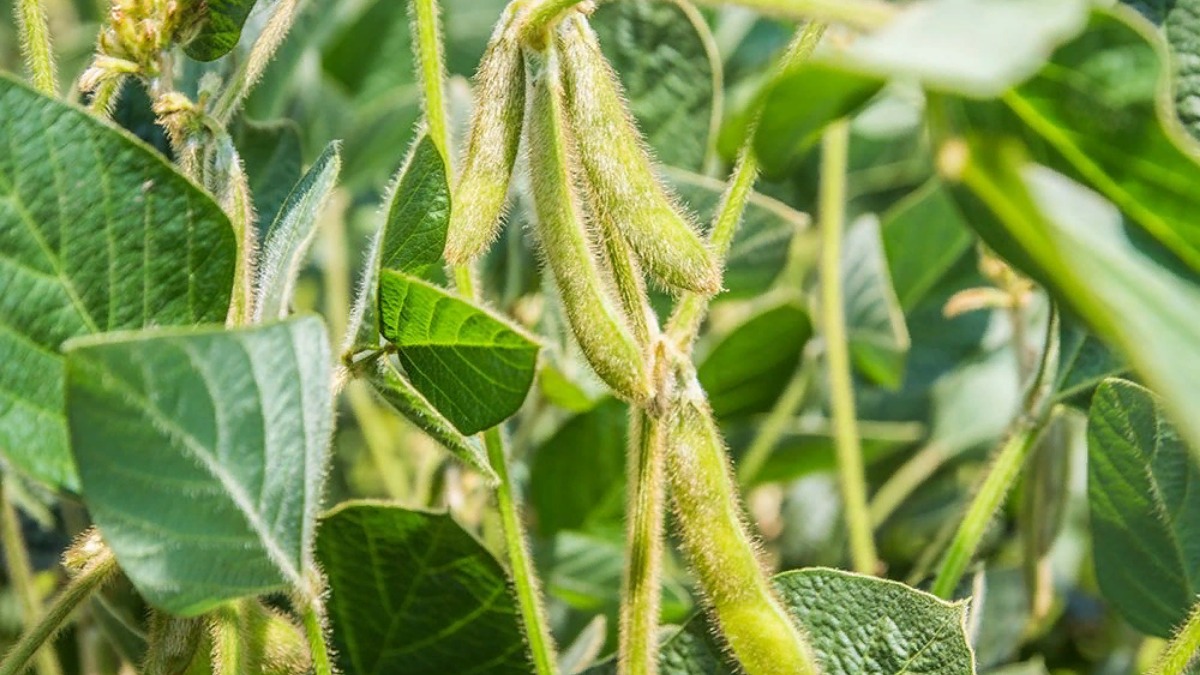State of Piaui in Northeastern Brazil to Increase Soy Acreage 5-7%

In the state of Piaui in northeastern Brazil, the “soybean free” period has ended and farmers are waiting for improved soil moisture to start planting their 2022/23 soybeans. The soybean acreage in the state is expected to increase 5-7% this year and yields are expected to average 60 sacks per hectare (53.6 bu/ac), which is equal to last year.
Conab is estimating that farmers in the state will plant 885,600 hectares of soybeans (2.18 million acres). Farmers are also expected to plant 350-380,000 hectares of first crop corn (864,000 to 935,000 acres) and 20-50,000 hectares of cotton (49,000 to 123,500 acres).
Piaui is one of the main frontiers of agricultural expansion in Brazil. The row crop expansion is occurring in what is called “low cerrado” which is basically a grassland interspersed with low growing shrubs. The land is easily cleared using just a tractor with a blade in front.
The disadvantage for agriculture in the state is that the soil is acid and the native fertility is very low, so farmers must apply agricultural limestone to raise the pH and generous amounts of phosphorus and potassium to increase the fertility. The state also receives less seasonal rainfall compared to other regions of Brazil, but once the soil fertility is improved, soybean yields can be comparable to other regions of Brazil.
Two big advantages of this region is that land prices are cheap and transportation costs are lower due to its proximity to export facilities in northeastern Brazil. Soybeans produced in Piaui only need to be transported several hundred kilometers to export facilities compared to Mato Grosso where soybeans may need to be transported up to 2,000 kilometers to export facilities.
Read also
Wheat in Southern Brazil Impacted by Dry Weather and Frosts
Oilseed Industry. Leaders and Strategies in the Times of a Great Change
Black Sea & Danube Region: Oilseed and Vegoil Markets Within Ongoing Transfor...
Serbia. The drought will cause extremely high losses for farmers this year
2023/24 Safrinha Corn in Brazil 91% Harvested
Write to us
Our manager will contact you soon



